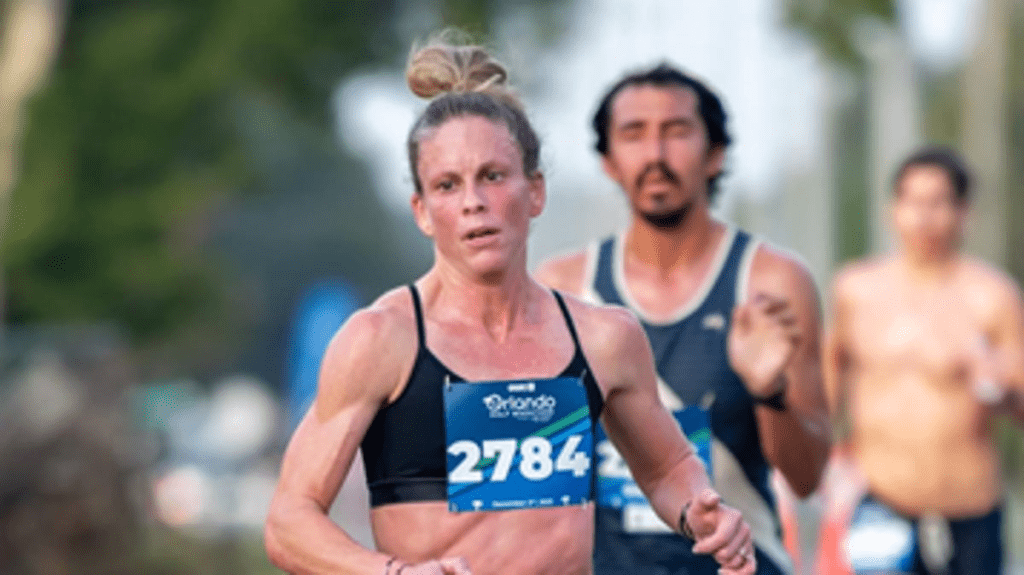Embracing Competition: A Journey of Growth and Change
Competition has always played a significant role in my life. From my early days at Palm Bay High School, where I took on the challenge of hurdles despite never having run them before, to setting the school record in the 100-meter hurdles in 1999, my love for competition has evolved. Fast forward to a few years ago when my son pointed out that my name had been removed from the honor wall—the sting of that moment made me ponder the true motivations behind my running journey. Do I run for glory? Perhaps not. It is the love of the challenge and the personal growth that keeps me going.
Life’s a Marathon: The Shift in Perspective
When reflecting on my athletic journey, I realize that my view of competition has transformed significantly over the years. As a young athlete at Florida Atlantic University (FAU), I focused on sprinting. Competing against the best schools in the country in relays showcased the thrill of speed. However, as life progressed, sprinting transitioned into longer distances, mirroring a broader perspective that life itself is more of a marathon than a sprint. After starting a family and shifting gears, the competitive spirit remained, but the focus moved to maintaining endurance and balance in life.
The Mental Game of Marathon Racing
Marathon running presents a unique challenge, requiring not only physical stamina but also mental resilience. In sprinting, the race is short and highly competitive, but a marathon stretches over hours of ups and downs. Each race is an emotional journey—from moments of motivation to struggles of self-doubt. It’s during these miles that I engage in a continuous mental pep talk, pushing through physical discomfort and reminding myself that perseverance is key. This mental fortitude is likened to training a muscle, and it contributes significantly to the overall running experience.
Adapting Nutrition and Recovery Strategies
Unlike the carefree days of college meets where nutrition and hydration were often an afterthought, today’s approach to marathon training requires calculated preparation. Proper nutrition is essential, especially leading up to race day. For instance, I meticulously plan my carbohydrate intake to ensure adequate fueling. Implementing a structured hydration plan, alongside utilizing energy gels during races, has transformed my performance and recovery capabilities. What once seemed trivial has become indispensable for my success on the course.
Building a Strong Support System
Balancing the demands of competitive running with family life is no small feat. Having a strong support system is vital. My partner and children understand the time commitment involved, and in return, I ensure that I am present at their sports events, supporting their endeavors. Our family outings, whether it’s cheering at the Boston Marathon or attending a Red Sox game, enrich our bonds and create cherished memories. This reciprocal support fosters an environment where both my competitive aspirations and family obligations can thrive harmoniously.
Maintaining Speed in Training
As I navigate the challenges of competitive running, incorporating speed training into my routine remains a priority. On specific training days, I focus on fast intervals and repetitions to retain muscle responsiveness and to prevent the dreaded “long, slow legs.” This structured approach to speed work not only enhances my performance in marathons but also contributes to maintaining a competitive edge over time. It’s a conscious effort to stay connected to my sprinting roots while adapting to the demands of long-distance running.
Conclusion: The Race Continues
Running has become a channel for personal growth, pushing me to adapt and thrive amidst life’s challenges. The experiences carved through sweat, perseverance, and a deep commitment to health mirror the work I do as a pharmacy manager at Health First, where patient care fuels my passion in another dimension. As I continue this journey, my achievements in marathons and local races reflect more than just titles; they symbolize resilience and the determination to excel in both sport and life.
